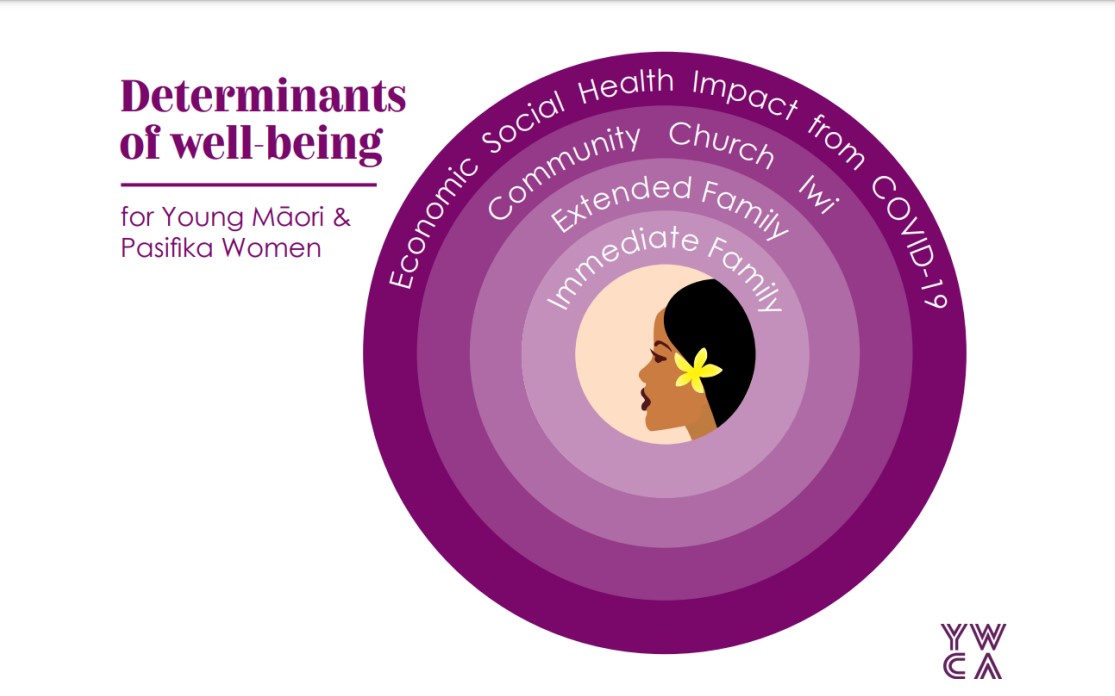Increased Reports of Depression in Hawaiʻi during the first wave of COVID-19
Abstract
Introduction: Reports of mental health issues increased nationally in the USA during the COVID-19 pandemic, often attributed to the effects of quarantine, isolation, and restriction of travel. Given that Hawaiʻi State’s population is unique in its largely ethnic minority population, geographic isolation, and economic dependence on tourism, it is important to document if similar mental health outcomes have occurred during the beginning of the COVID-19 pandemic.
Methods: This study compares Hawaiʻi’s rates of depression using data from the National Center for Health Statistics collected in 2020 and the Hawaiʻi Behavioral Risk Factor Surveillance System collected in 2016.
Results: Hawaiʻi’s rate of depression, like the rest of the nation, increased significantly during the first wave. A chi-square test of independence was conducted, and the results were significant, χ2 (1, n = 20,261.42) = 582.48, p < .001. Before COVID-19, typical rates of depression were at 11.03%, 95% CI [10.51%, 11.55%]. During the COVID-19 pandemic, reports of depression increased to 24.23%, 95% CI [23.16%, 25.31%].
Conclusion: Depressive symptoms doubled during the early stages of the pandemic in Hawaiʻi. Evidence-based strategies should be developed now to help prevent future possible mental health related issues that are attributable to pandemic related safety protocols.
Copyright (c) 2023 Katherine Aumer, Michael A Erickson, Eli Tsukayama

This work is licensed under a Creative Commons Attribution 4.0 International License.


